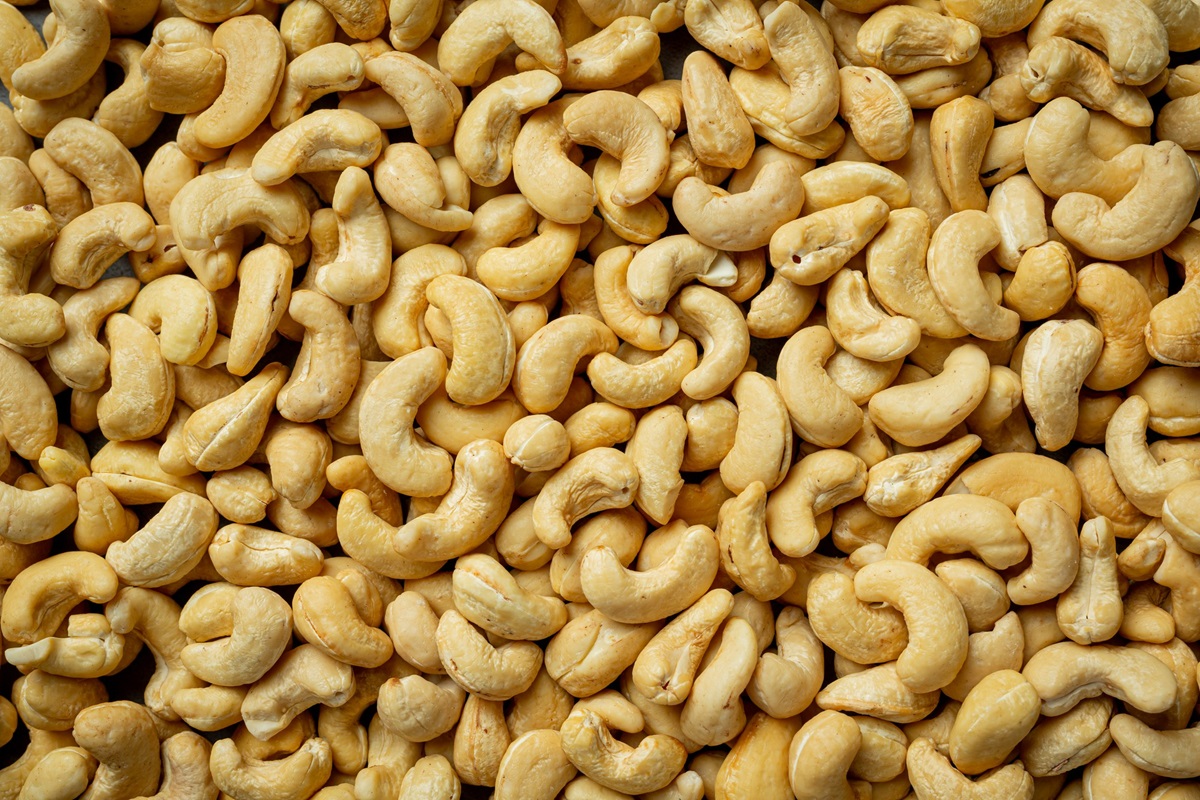Geographical Indication (GI) for Goan cashew nuts will go a long way to consolidate the importance of the cashew to the state’s culinary and cultural identity. On National Cashew Day, which is celebrated globally on November 23, culinary industry stakeholders and local experts help put in context, the relationship and the interdependence between Goa and the nut and how the state can best leverage the relationship.
– The Goan cashew nut was awarded a GI tag in early October 2023.
– Hospitality industry experts state that the GI tag will renew interest in preserving the integrity of the Goan cashew nut.
Panaji, November 2023 – The cashew plant, originally imported to Goa from Brazil in the 16th century by the colonial Portuguese to prevent soil erosion, has been a beacon of Goa’s cultural identity for decades.
While the Goan cashew nut being accorded a Geographical Indication (GI) tag further consolidates its importance to Goa’s food and cultural identity, the state’s culinary industry stakeholders believe that the humble cashew nut, now empowered with a GI tag, could help consolidate Goa’s position in the broader culinary universe.
According to experts, the GI tag status now prevents cashew nuts imported from Africa from being sold as Goan cashews, carving out a special, marketable identity for the popular Goan nut.
Amey Naik, joint secretary of the National Restaurant Association of India (NRAI) Goa Chapter, says that the GI tag for cashew nuts can bring Goa the same level of global recognition that tequila brought to Mexico. “Cashew nuts are used as main ingredients in bibiyacho pulao (tender cashew nut pulao), caju bibiyachem xacuti (tender cashew nut xacuti), which are traditional preparations that our restaurant, Avo’s Kitchen in Assagao, offers diners,” says Naik.
In Goa, the current yield productivity as far as the cashew crop is concerned is 453 kgs per hectare, according to Nevil Alphonso, the state Director for Agriculture. “At present, 56,934 hectares of land are assigned for cashew cultivation, which produces around 25,800 metric tonnes of cashew annually,” he said.
According to Chef Syam Krishna Raj, Faculty Chef at Kamaxi College of Culinary Arts, the Goan cashew nut’s GI tag status presents an opportunity to press for the incorporation of indigenous crops into culinary school syllabi. “Incorporating indigenous crops into the curriculum will inspire chefs to garner a deeper appreciation for local ingredients, contribute to the preservation of culinary heritage, and be better equipped to create regionally inspired and sustainable dishes,” he states. “Culinary professionals, chefs, and food enthusiasts may be more inclined to use and promote Goan cashews in their recipes due to the enhanced reputation and quality assurance provided by the GI tag,” he adds.
The St. Regis Goa Resort in Cavelossim offers a variety of dishes that utilise the Goan cashew to offer diners an intrinsic Goa experience. Chef Sandeep Pande, Director of Culinary at The St. Regis Goa Resort, states that the GI tag to the cashew nut shines the spotlight on Goa as a culinary destination. The incorporation of the cashew nut generously in their menu has helped the Resort to better position the dining experiences they offer as intrinsic to Goa.
“Susegado, our seafood grill restaurant at The St. Regis Goa Resort, offers a dish called ‘Talaulim Tuna Tartare Taco’. This dish is a medley of five ingredients: tuna, tomatoes, onions, avocados and fried cashew nuts. It is further flavoured with coriander, lime, chillies and garlic. It is served with coconut tortillas, a local take (on the iconic Mexican flatbread). The cashews certainly give that local spin,” says Pande. The GI tag empowerment tag to the locally grown cashew nut, in a way, could help make the state’s gastronomic identity more prominent while adding heft to Goa’s growing reputation as ‘The Culinary Capital of India’.
According to Marius Fernandes, fondly known as Goencho Festakar for the myriad of Goan culture-centric festivals he conducts, the Goan cashew has been deserving of the GI tag since the 1960s. Now, with the GI tag rendering a special status to the Goan cashew nut, the need of the hour is to introduce schemes that prioritise cashew farmers, as the process of cultivating cashews is a year-long labour of love.
“It is the collective effort of generations that has enabled the Goan cashew to be awarded the tag this October. It has a highly distinctive flavour, and the niro, urrak and feni, which are synonymous with the Goan identity attests its importance to the legacy of Goa,” he says.


